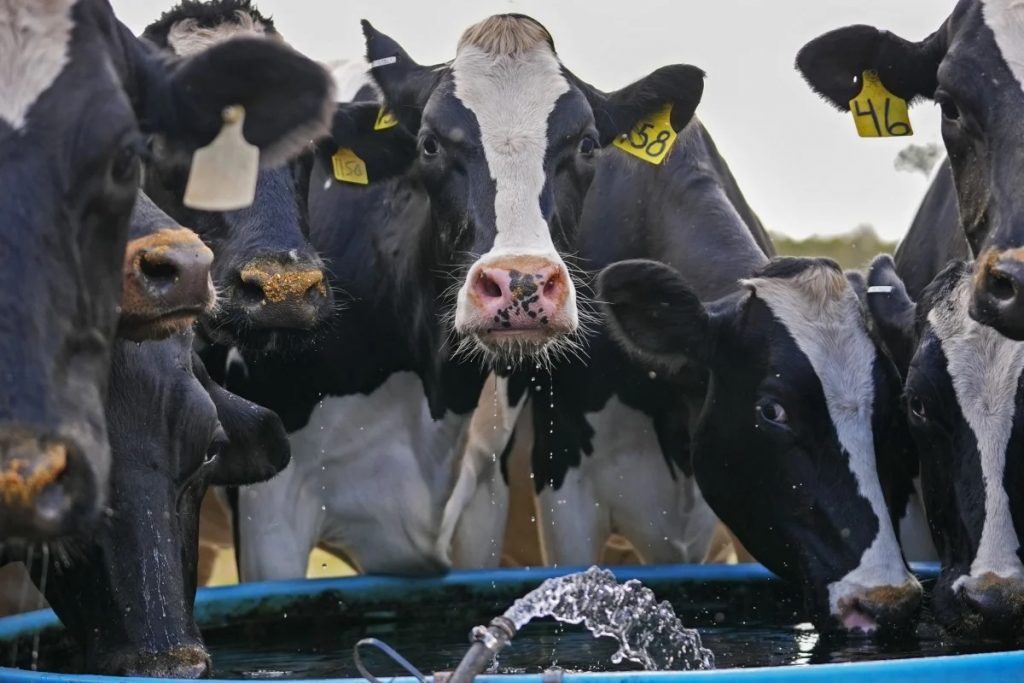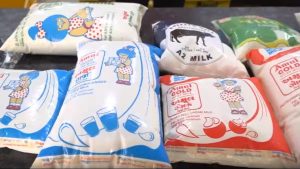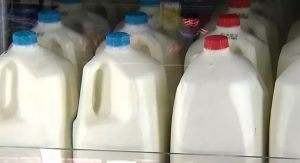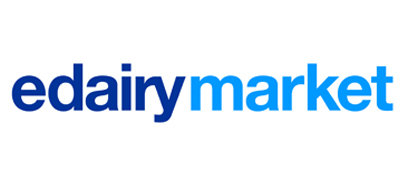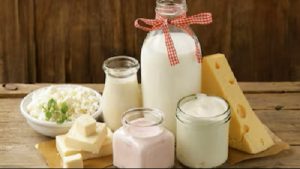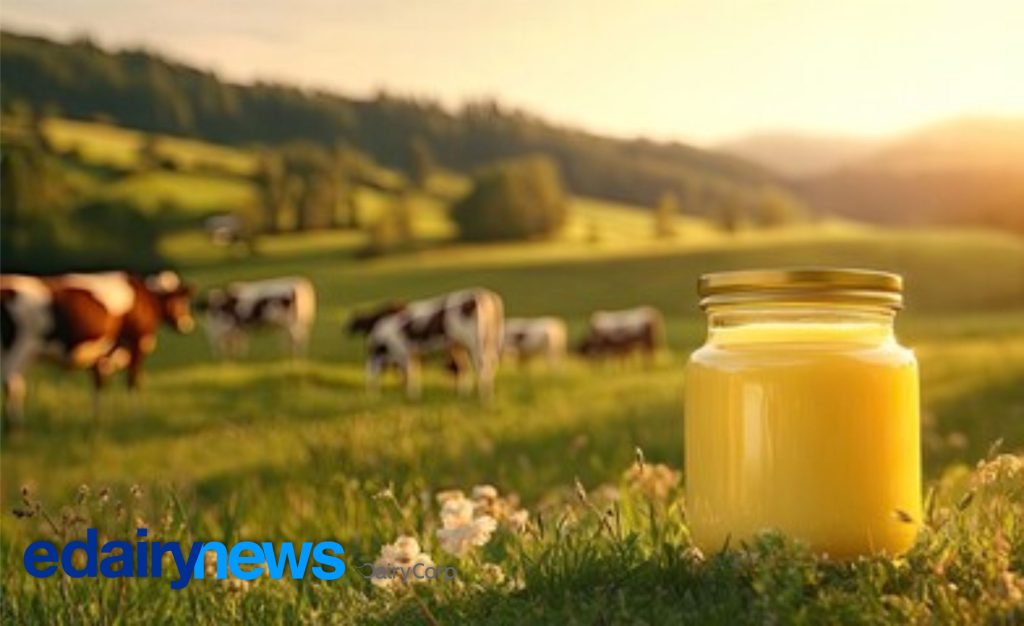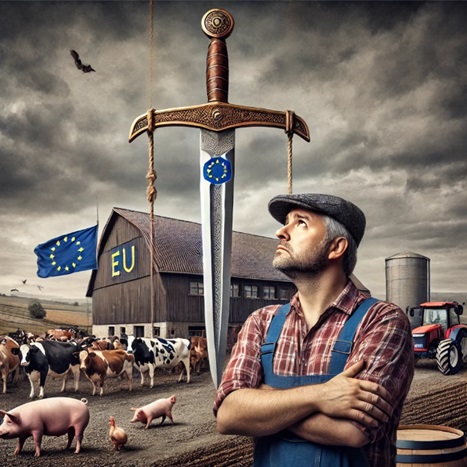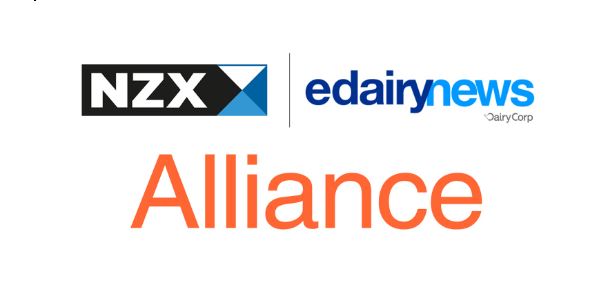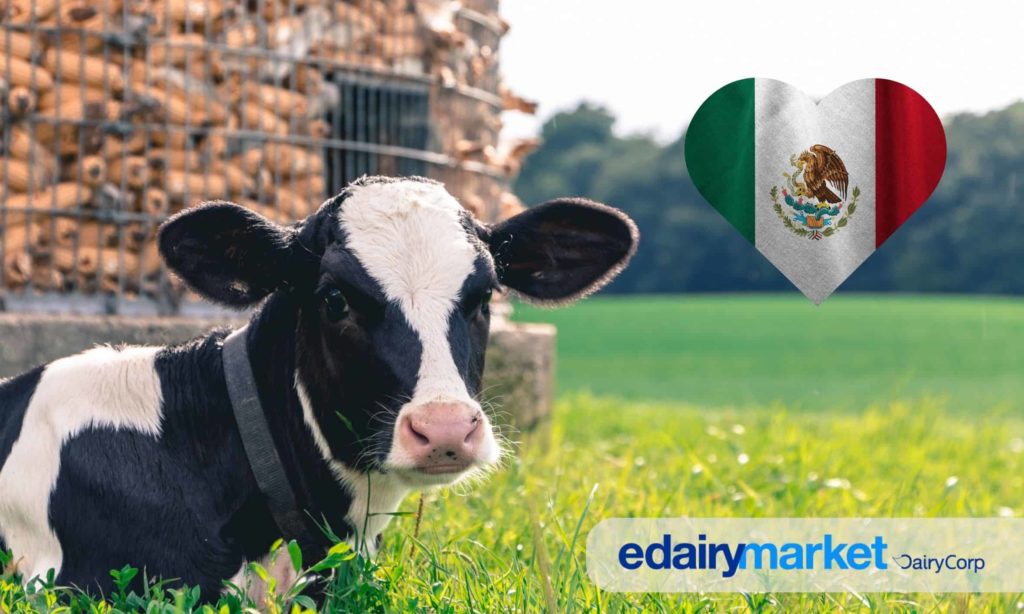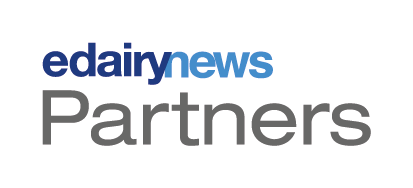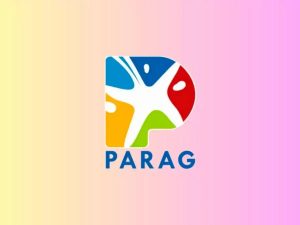
A new report reveals a sudden cut to the country’s live dairy cattle import target, raising questions about its agribusiness strategy.
The agribusiness community, particularly in the Asia-Pacific region, is taking notice of a significant policy change in Indonesia. The article from Xinhua News reports that the country has decided to cut its import target for live dairy cattle for 2025, reducing the number from 200,000 to 150,000 heads. This decision, which directly impacts a project to support a nationwide free nutritious meal program, is a major signal about the challenges of scaling a national food supply chain at a rapid pace.
The article provides a key piece of data journalism that helps explain the policy shift. According to Deputy Agriculture Minister Sudaryono, as of May, only about 9,700 cattle had been imported. This significant shortfall from the original target indicates that the import process is facing considerable hurdles, a crucial insight for analysts in the international dairy economics community. The minister also noted that major investors from countries like Vietnam and Brazil require more assistance and confidence in the local investment climate, which is likely contributing to the slow progress.
The nationwide free nutritious meal program, known as MBG, is a core component of this initiative. The article mentions that the program currently reaches about 20 million participants. While this is a substantial number, it is still well below the year-end target of 82.9 million. This disconnect between the ambitious program goals and the reality of both cattle imports and participant reach adds another layer to the complexities facing Indonesia’s dairy industry and its larger public health initiatives.
Despite these challenges, the Deputy Agriculture Minister remains optimistic. The article quotes Sudaryono as being confident that the program will eventually increase domestic demand for fresh milk and beef. He also stated that the government will continue to ease import restrictions on live cattle until the national herd grows by 1.3 million heads, suggesting that the long-term goal of national herd growth remains a priority, even with the short-term adjustments to import targets.
In conclusion, Indonesia’s decision to revise its dairy cattle import target is a vital lesson for the entire agribusiness sector. It shows how ambitious government programs can run into significant logistical and investment challenges. For the international dairy industry, this case study highlights the importance of aligning policy goals with practical realities and investor confidence to ensure the successful scaling of a national food supply chain.
Source: Xinhua News, “Indonesia revises down import target for live dairy cattle for 2025”
You can now read the most important #news on #eDairyNews #Whatsapp channels!!!
🇮🇳 eDairy News ÍNDIA: https://whatsapp.com/channel/0029VaPidCcGpLHImBQk6x1F
